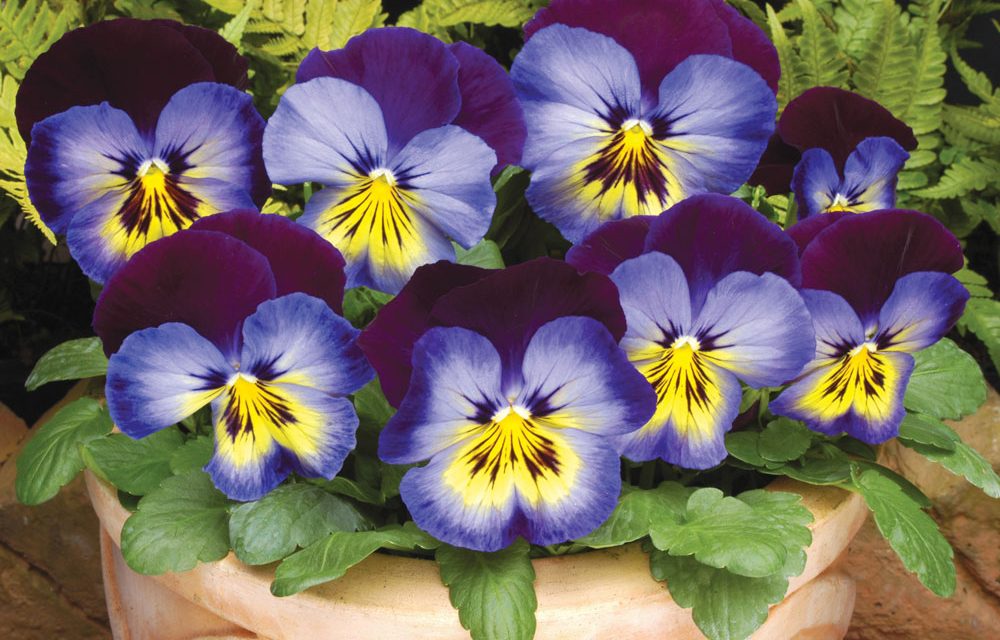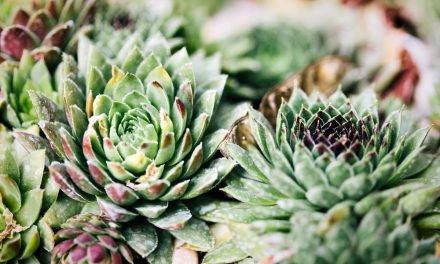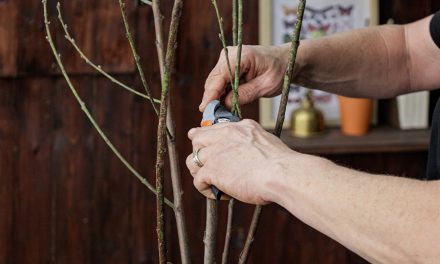What’s the easiest way to add colour to the winter garden? Plant pansies!
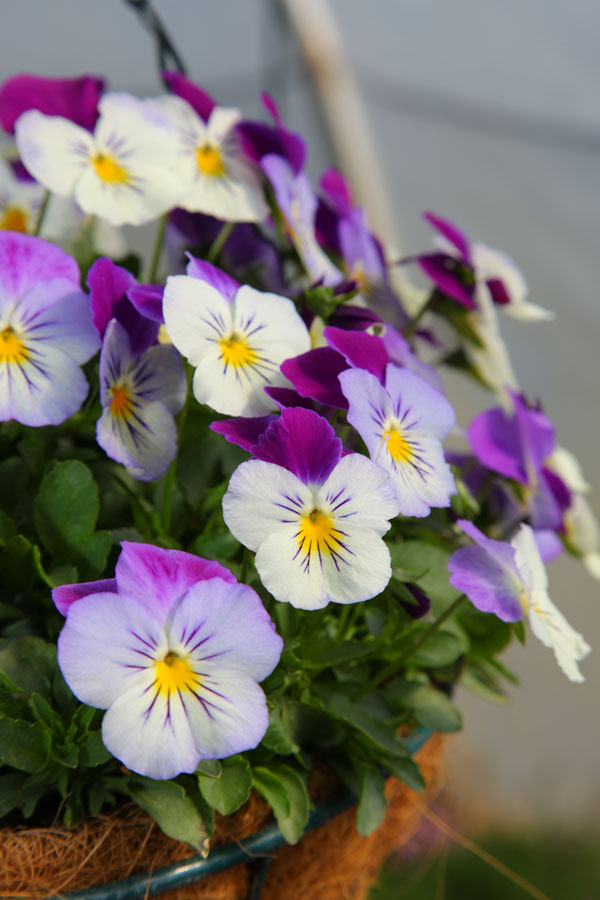
Pansies for charm and colour
Nothing matches their charm, or the incredible array of colours and colour combos. There are pansies with faces, with whiskers, and with frilly petals, and even some that look as if they have been hand painted. If you don’t think your garden needs more colour, look again. They take up as little or as much space as you determine. They fill any nook or cranny, old wheelbarrow, gutter, hanging basket and pot, as a border or between spring bulbs; anywhere that receives enough winter sunshine.
Pansies can be teamed up with other flowering annuals such as alyssum, Bellis perennis, Iceland poppies, calendulas and violas. Use them as a border to frame tall snapdragons (Antirrhinum), delphiniums and stocks. If a bed receives a mix of sun and shade, use pansies as a sunny border for shade-loving Primula malacoides behind them.
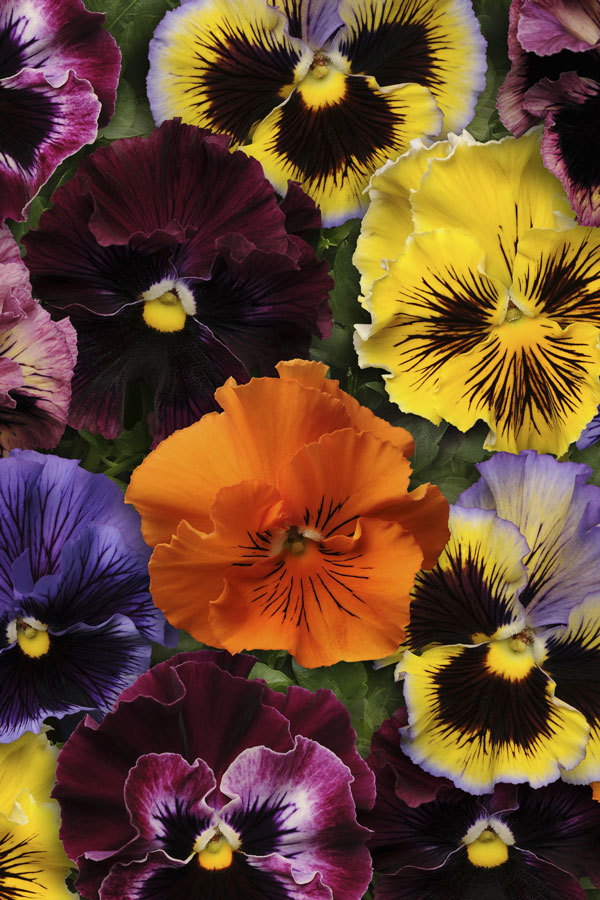
Planting Pansies
The easy-growing annual should not be plagued by pests or diseases, especially if they are planted in well-composted soil and spaced 20cm apart for good air circulation.
They need at least six hours of full sun in winter. For a long-lasting pansy display the best position is that which also gets dappled shade or partial shade in spring and summer.
Before planting, water the seedlings so that the root ball is soaked through. Water well after planting to settle the plants in the soil.
The crown of the plant should be just above soil level. If the seedling is very root-bound, gently loosen the roots so that they do not remain in a clump. Firm the soil around the roots, but not too hard.
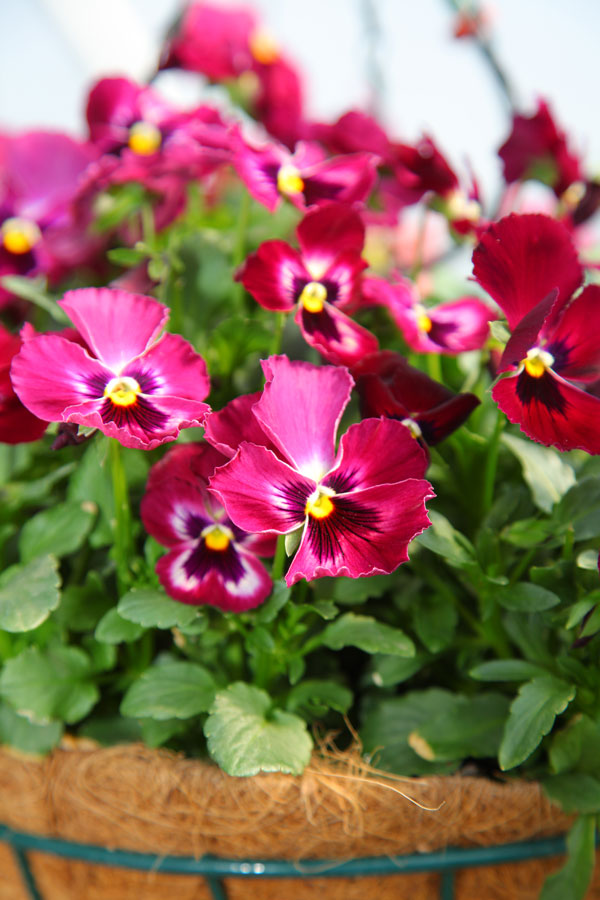
Maintaining Pansies
Fertilise newly planted pansies with a liquid fertiliser and repeat every two weeks or at least once a month. Flowering takes a lot of energy out of the plants so this needs to be replenished if the pansies are to produce flowers in abundance over a long period. Steer clear of high-nitrogen fertilisers as this produces leaves at the expense of flowers. Rather use a balanced fertiliser that contains all the trace elements.
Water regularly (every 3 – 4 days) while the plants are establishing themselves. Once established and you see new growth, reduce watering to at least once a week in winter, depending on the type of soil, temperature and amount of sun received. The best time to water is before noon so that the leaves and flowers dry off.

